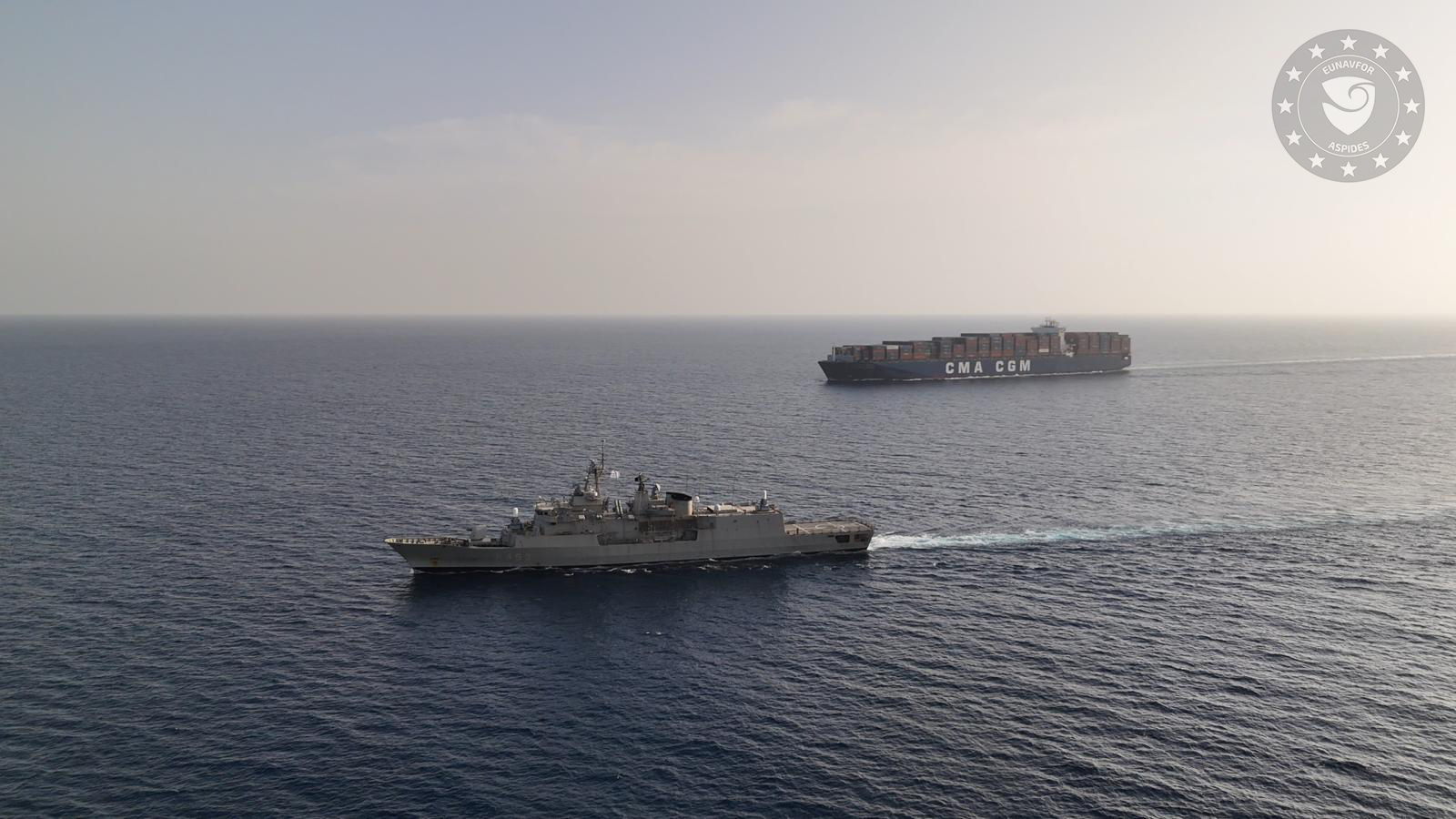A.P. Moller – Maersk, the global shipping giant, has reported strong third-quarter performance, driven by strong container market demand and ongoing instability in the Red Sea.
On Thursday, the company confirmed its preliminary Q3 results released last week, reporting revenue of $15.8 billion, an underlying EBITDA of $4.8 billion, and an underlying EBIT of $3.3 billion—all significantly higher than last year’s figures.
“This quarter, we once again supported our customers through times of high volatility and low visibility,” said Vincent Clerc, CEO of Maersk. “We reaffirmed our commitment to profitable growth and operational progress, driving results across all business areas through continued rigorous focus on cost discipline, productivity gains, and efficient asset utilization.”
The Ocean segment, Maersk’s core business, saw a remarkable 41% increase in revenue, primarily due to higher freight rates and positive volume growth. Despite increased costs from network re-routing, Maersk reported an EBIT increase of USD 2.9 billion and a margin of 25.5%.
The Logistics & Services division also delivered strong results, with an 11% year-on-year revenue growth and improved profitability. Maersk said its Terminals segment reached all-time highs in revenue per move, particularly in North America.
Looking ahead, Maersk has significantly revised its financial outlook for 2024, as first reported on Oct. 21. The company now anticipates an underlying EBITDA of $11.0–$11.5 billion and an underlying EBIT of $5.2–$5.7 billion, a substantial increase from earlier projections and reflecting the ongoing impacts from disruption in the Red Sea. Additionally, Maersk has raised its free cash flow forecast to surpass $3 billion.
The upgraded outlook stems from a combination of robust demand and ongoing Red Sea disruptions, compelling shipping companies to reroute vessels around the Cape of Good Hope.
In response to the ongoing Red Sea conflict, Maersk and its upcoming Gemini Cooperation partner, Hapag-Lloyd, have confirmed that their alliance ships will continue to navigate via the Cape of Good Hope rather than the traditional Suez Canal route when operations commence on February 1, 2025.
“There are no signs of de-escalation and it is not safe for our vessels or personnel to go there … Our expectation at this point is that it will last well into 2025,” Clerc told journalists.
The Gemini Cooperation aims to implement a novel “hub and spoke” strategy across seven trade lanes, with 57 services targeting an ambitious 90% service reliability—a significant improvement over the current global industry average of 53%.

 Join The Club
Join The Club










